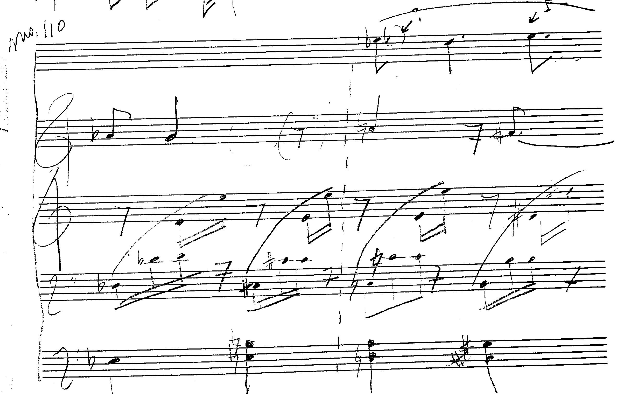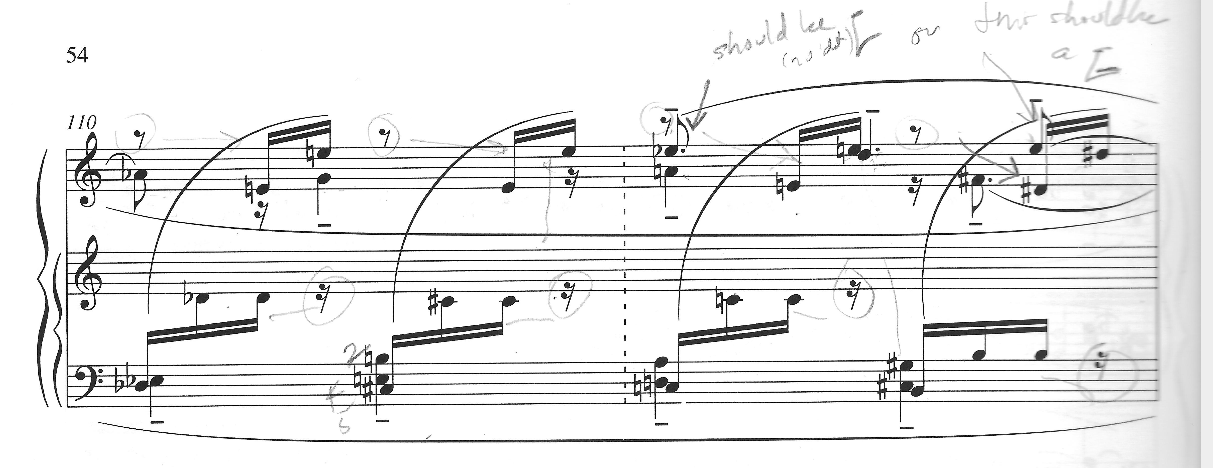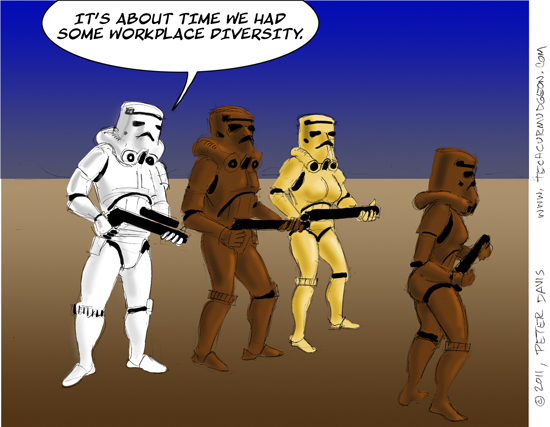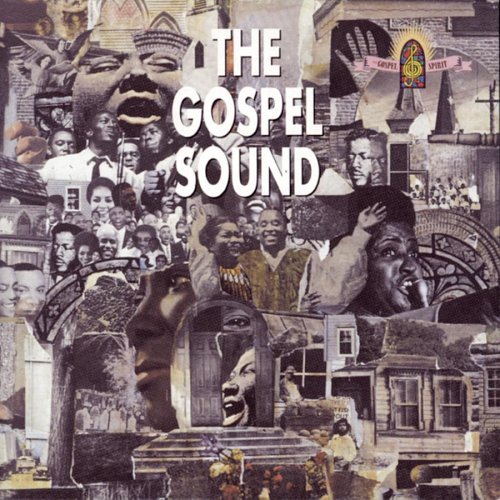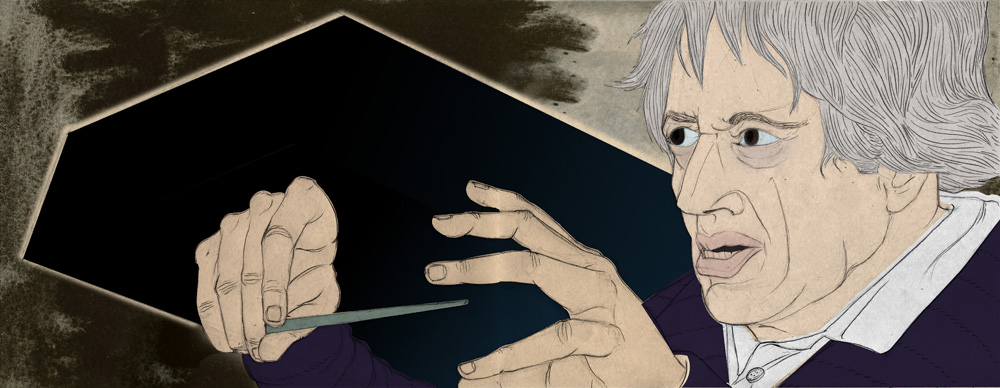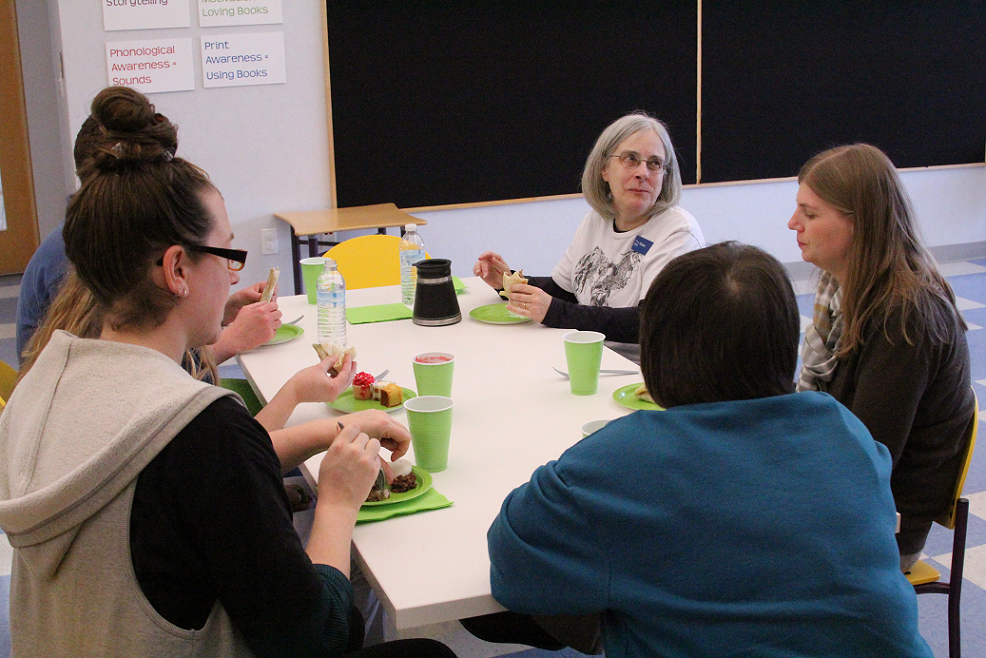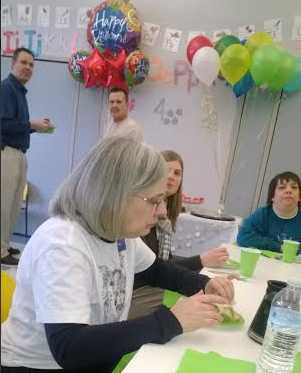
I am luxuriously laying around and reading books and goofing off online this morning (see below) and decided I had better do my blog since there doesn’t look to be an immediate end to my morning reading.
My recent renewed interest in Ligeti (and some other contemporary composers like Gwyneth Walker, Thierry Escaich, and Gábor Lehotka) has had me also renewing my interest in Paul Hindemith.

As a young man (and a very poor pianist at that point) I used to stumble through Hindemith’s Flute Sonata with my friend Dave Barber.

Eventually I picked up copies of his piano sonatas and played through much of them and other works by him. In undergraduate school (Wayne State) I learned his first organ sonata.

This was year ago. I performed it then and have since used it in church from time to time.
Yesterday I finally pulled out all of my Hindemith organ music. My copy of the first sonata is falling apart. I photocopied it so that I could rehearse it without further wrecking my copy. While photocopying it, I discovered the last page was torn so badly that a measure was missing. In some music, one could figure out what was missing. I don’t find that as easy with Hindemith. I panicked. Darn.
Then I glanced down at the stack and there was an old photocopy I made years ago of the page which had the measure on it.

Cool.
As I carefully worked through it yesterday I had an odd sensation. I studied this piece with Ray Ferguson. He was very good about teaching me how to make sense of Hindemith’s instructions which are pretty general for organ music.
In other words, either there is a bit of a tradition how to make an organ piece work on an organ (what pipes to play it with) or the composer has him/herself indicated what pipes he/she wanted the piece played with.
I once wanted to change this with a certain living composer of organ music and politely emailed him a request to do so. He emailed me back and suggested that I not do it that way and that maybe I should learn and perform another of his pieces.
This left a bad taste in my mouth and I have since not played much music by this guy.
Nevertheless it is a consideration of making sense of music.
So here were notes from my lessons with Ray scribbled into the score, many if not most in his handwriting.
I felt like he was standing next to me which was a very pleasant feeling. I admired not only his considerable music skills and knowledge but he was as gracious a man as I ever met. I use him as a yardstick for much of my own behavior and not just in music.
I miss being able to consult with Ray since he died some years ago.
[WARNING: BORING DISCUSSION OF RANDOM RESEARCH FOLLOWS, READ AT YOUR OWN RISK OF FALLING ASLEEP]
Speaking of figuring stuff out, this morning I exercised a clear example of how much research and information one can obtain sitting in the living room with the internet.

I was reading along in Christianity: The First Three Thousand Years by Dairmaid MacCulloch.

I had come to his description of the Piety movement in Germany at the time Bach was alive. Seeing Bach’s context from the perspective of the evolving Piety movement is informative. MacCulloch and his sources see Bach as struggling with the restrictions of Pietistic understandings. They see the cantatas as florid and extravagant works of art that left many listeners at the time confused.
MacCulloch simply cited “Hope, pxxx” in his footnotes.
I searched through my Kindle copy of his work (literally used the search function since people who design Kindle books have not made them easy to cross refer… the page numbers are even omitted in my MacCulloch which is kind of frustrating since he cross refers constantly by page).
Finally with a google search I determined he was citing Nicholas Hope’s German and Scandinavian Protestantism: 1700-1918.
I found this book online at Google Books and also at Oxford U. Apparantly, there is no ebook available but one can search the google book. (When I tried to search the Oxford U version, it stopped me and asked if I had subscription or if my university subscribed to the service…. I went back to the Google book to read the relevant pages).
I thought it sounded interesting enough that I might like to hold German and Scandinavian Protestantism: 1700-1918 in my hands. Checked Amazon. Yikes, it’s expensive ($99 to $256!). Then I looked it up on Hope College’s web site.
Cool. A copy was sitting at Western Theological Center.
I thought maybe next time I was there I would look at it and this is the really cool part.
I noticed this on the page of online card catalog.
 Wow. This is exactly the kind of thing I wanted to do: somehow keep it in my hand when I drop by.
Wow. This is exactly the kind of thing I wanted to do: somehow keep it in my hand when I drop by.
I tried it and it worked.

I love the interwebs.

















